Northern Harrier (Circus cyaneus) Female photos by Larry Jordan
The Northern Harrier (Circus cyaneus) was also known as the Marsh Hawk in the United States and is known as the Hen Hawk in Eurasia (click on photos for full sized images).
It breeds in the northern part of the northern hemisphere. On this Wikipedia commons map, the light green denotes breeding summer visitor, the dark green breeding resident, and the blue winter visitor.
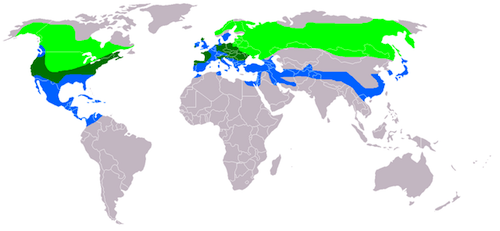
This raptor forages on the wing, capturing a wide range of prey, mainly small and medium-sized mammals and birds, while coursing low and buoyantly over the ground1. They have also been known to subdue larger prey by drowning them under water.
This is an adult female Northern Harrier which, as you can see, is brown above and buffy with brown streaks below.
The male and female are strongly sexually dimorphic but both have a distinctive white rump patch which is their most prominent field mark.
I took these photos of this female Marsh Hawk at Sacramento National Wildlife Refuge where there are many to be found.
If you live in an area where this raptor lives, you may wonder why you seem to see so many more females than you do the gray and white male with black wing tips shown in this John James Audubon drawing of the Marsh Hawk from Wikipedia Commons. This drawing shows a juvenile (with the rufous belly) at the top, the adult male in the middle and the adult female at the bottom.
The reason we seem to see so many more females than males is that both the male and female juveniles look like the adult female. The rufous breasted juveniles can be differentiated by the male having pale greenish-yellow eyes and the female dark chocolate eyes. The adults both have lemon yellow eyes.
If you are not familiar with this beautiful raptor, I found an excellent video showing many aspects of the Northern Harrier’s flight and prey habits. It also has great video of the male, not shown here, dropping off food for the female at the nest site.
To see more great bird photos, check out The Bird D’pot and Wild Bird Wednesday!
References: 1Birds of North America Online

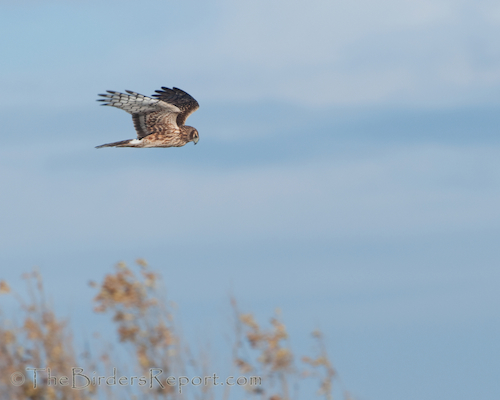
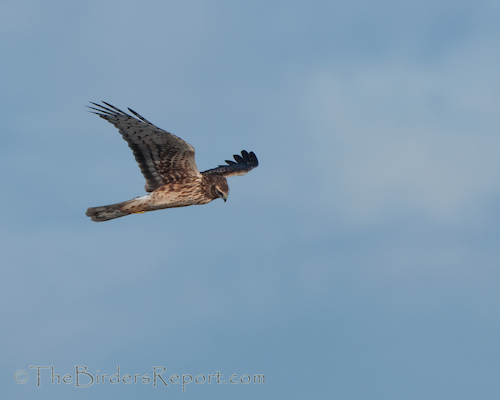
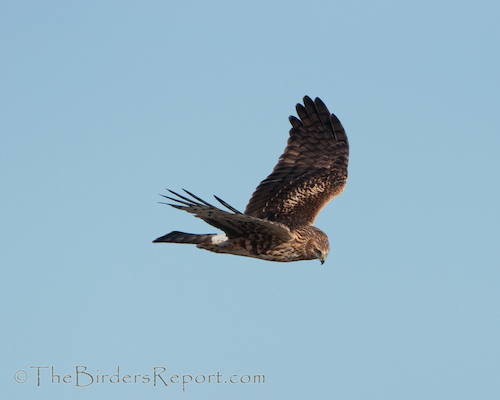
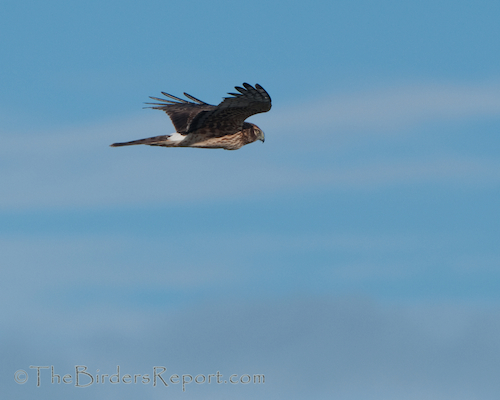
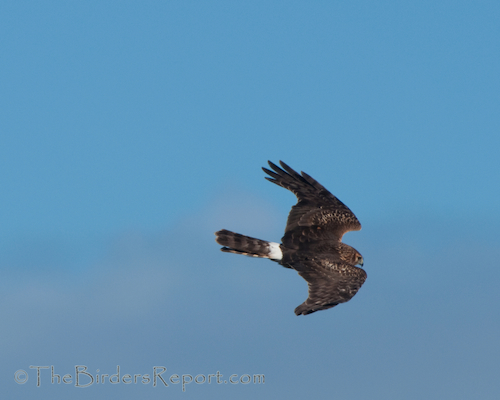
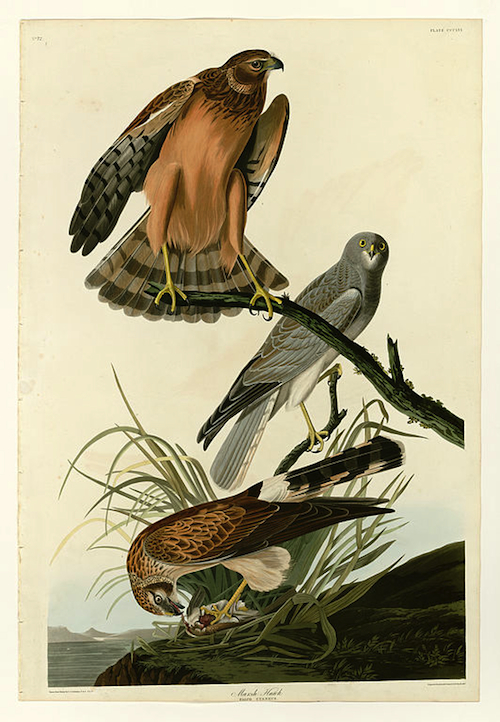
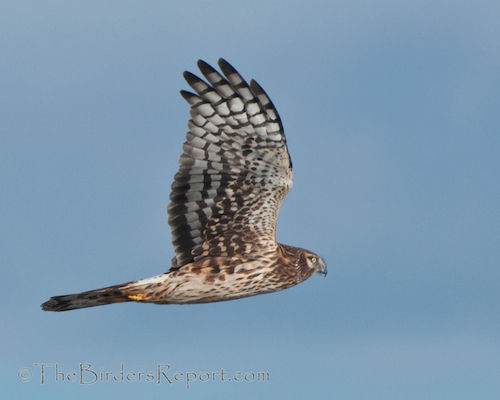
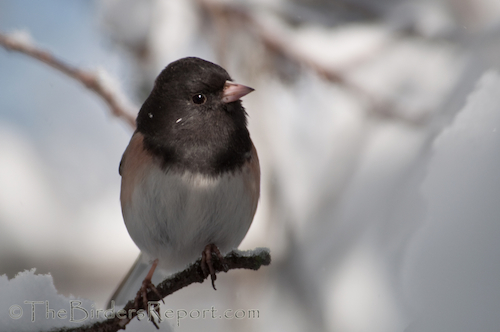
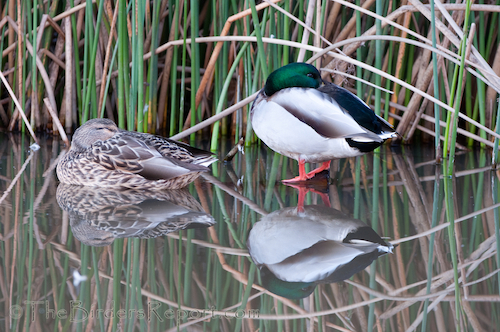
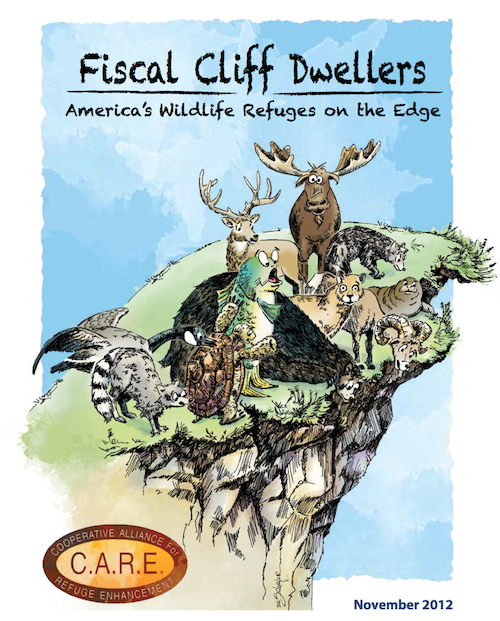



Social Media Connect